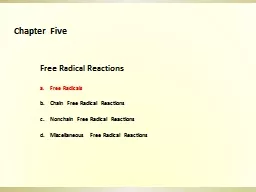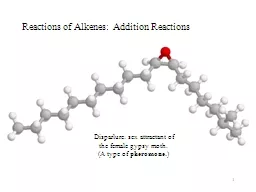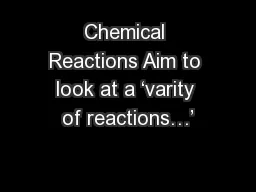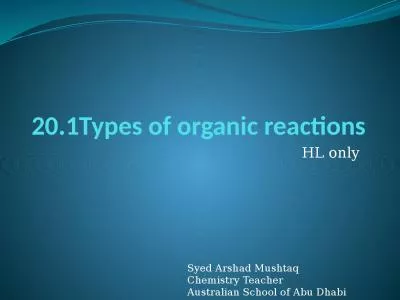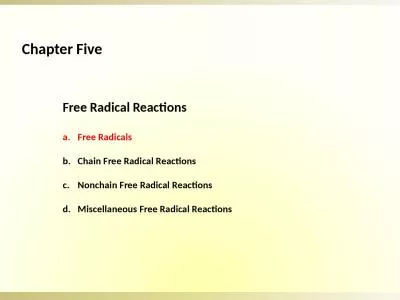PPT-12.7 Addition Reactions for
Author : tatyana-admore | Published Date : 2017-09-20
Alkenes The commercial process of hydrogenation is used to convert the double bonds in vegetable oils to saturated fats such as those in margarine Learning
Presentation Embed Code
Download Presentation
Download Presentation The PPT/PDF document "12.7 Addition Reactions for" is the property of its rightful owner. Permission is granted to download and print the materials on this website for personal, non-commercial use only, and to display it on your personal computer provided you do not modify the materials and that you retain all copyright notices contained in the materials. By downloading content from our website, you accept the terms of this agreement.
12.7 Addition Reactions for: Transcript
Download Rules Of Document
"12.7 Addition Reactions for"The content belongs to its owner. You may download and print it for personal use, without modification, and keep all copyright notices. By downloading, you agree to these terms.
Related Documents




